This is not about and Leica me. But when I was young, my mother often mentioned the performance of an actor called Yul Brynner in a film called The King and I, which appeared when I was about seven years old. I don’t believe that I saw it then or, indeed, later, but I may have viewed a few snippets over the years.

The film, of which I am sure our friend David Babsky will know much, was based on a Rodgers and Hammerstein musical from 1951. This was itself based on a 1944 novel, Anna and the King of Siam, by Margaret Landon. Brynner, who was Russian-born, appeared as King Mongkut of Siam in the original stage production and successfully transferred that role onto film.
Finger Pistols
My own first acquaintance with Brynner was when I saw him in a Western, The Magnificent Seven. I must have been around eleven at the time. Back then, we had no time for “love stories”, but we loved any Western or War film with plenty of shooting going on, and we imitated our heroes on the way home from the cinema with “finger pistols”.
So, what has all of this got to do with Leica? Well, Yul was a Leica user and not just a celebrity user, he was also an excellent photographer with an eye for the great image. Two of his cameras are coming up for auction at the 43rd Leitz Photographica Auction on November 25 and, on the day before, November 24, some of his images are also being auctioned by Leitz Auction.
Sequential numbers
The cameras are two black-paint MPs with the sequential numbers MP-59 and MP-60. They come with that highly desirable finish and the added gloss of a celebrity owner. There will be an inevitable temptation for wealthy people to buy both, as the numbers are in sequence. MP-59, shown above, comes with a Canon 25mm f/3.5 LTM lens on an M adapter and a matching viewfinder.
I have a Canon 35mm f/2.8 lens from the same era, and it is the equal of the contemporary Leica 35mm f/2.8 Summaron lenses, which I have in both LTM and M mounts. Leica did not make a 25mm back then.
MP-60 comes with a Leitz Summicron 5cm f/2, which is commonly called a Summicron Rigid lens. I have one of these as well as its close cousin, the 5cm DR (Dual Range) and I can vouch for the fact that these were two of the finest lenses ever made by Leica. Brynner must have liked using a separate viewfinder, as MP–60 comes with a Zeiss 50mm finder
Both cameras come with their serial number stamped inside, and on the top plate.
Both also come with a rare black paint version of the Leicavit MP winder
With all the factors mentioned above, these cameras are likely to attract substantial bids, particularly if one or more people are seeking to acquire both cameras because of the number sequence. Bidding will start at €400,000 for each camera, with an expected range of €600,000 to €700,000. One question worth pondering is whether, if someone wants both cameras, they will bid on the second camera if they are not successful on the first one.
Yul’s Pictures
The photos of Yul Brynner in the auction are just a small sample of the many he took in his lifetime.
This photo of Deborah Kerr on the filmset of The Journey in 1957, is my favourite in this group. Released in 1959, the film also featured Yul Brynner. Kerr had been in The King and I and there was rumoured to be a love affair between the two. However, this was denied by many, who said they were like sister and brother.
What I like about this image is that Deborah Kerr is photographed through what looks like a set window, but she seems to be concentrating or “inhabiting a part” as actors might say. This image has a starting price of €1,600.
This next image shows Ron Howard, aged three, on the set of The Journey in 1957. It was his first-ever film role, would you believe? His parents were both involved in the film business, and he went on to have an extensive career as a child actor. Today he is well known as a producer, director, and screenwriter, as well as being an actor.
What I like about it is that young Ron, or Ronny as he was then known, is behaving like any normal three-year-old boy and having fun while the adults were getting on with the things that adults do. The starting price here is also €1,600.
This shows Frank Sinatra getting out of a helicopter with a drink in his hand, probably just a normal thing in the Sinatra world. I believe I heard or read somewhere that Brynner and Sinatra had been in the helicopter together, but the drink thing was most likely pre-arranged. Nevertheless, the world has many Frank Sinatra fans, and I am sure that this one will attract a lot of attention. The start price is €4,000.
Last June a Terry O’Neill Special Edition Leica MP (modern) with a picture of Audrey Hepburn with a pigeon, taken by Terry, sold at Leitz Auction for the extraordinary price of €240,000. I was at that auction and I still find it difficult to explain. Anyway, this nice image of Audrey in a gondola in Venice starts at €10,000, and you never know where the price may go when the bidding starts.
Oscar Steinert
This striking image is part of a 22-strong collection from German photographer Oscar Steinert, which is also coming up for auction. This and some others in the collection were shown by Leitz Auction photography curator Anna Zimm at the recent Leica Society International Conference in Wetzlar. There was some debate as to how this was done, but it seems to me to consist of several negatives which were overlapped and subsequently photographed, but I could be wrong. What counts, of course, is the final image.
Steinert, who was a medical doctor by profession, was one of the founders of a group called Fotoform in 1949. In reaction to pre-war restrictions on photography, Fotoform set out to experiment with subjective, rather than objective, forms of photography (subjektive Fotografie) which sometimes involved darkroom manipulation.
Whatever one might think about movements in photography, Steinert’s work contains an impressive range of subject matter, ranging from portraits such as Claude 1952 (below)…
…to more abstract subject matter, such as Punkte und Linien, below.
The collection has a start price of €150,000.
Truth in Focus
This time the auction contains not two, but three parts. It includes a section, entitled Truth in Focus in aid of The Committee to Protect Journalists (CPJ). Many items which have been donated in aid of this worthy cause, which will receive the proceeds of the auction. There are both cameras and photographs in this section.
Anyone who knows me will know that this is not my thing, but what do I know? This item, which has an estimate of $10,000 to $12,000 already has a bid of $10,000 on the table and I suspect the price will go much higher. This is a prototype of the Leica M10-P Ghost Edition, one of only five made. There is a connection to the New York-based Hodinkee horological website, but my knowledge and interest ends there, apart from the fact that I hope that the CPJ gets a good chunk of change out of the item.
To end on a brighter note, this lovely image is by Maggie Steber and is entitled, “Flora from the Garden, Miami 2019”. Maggie is an excellent photographer who has done some work with Leica Society International. As well as this item in aid of CPJ, I would commend her work to all readers. This item starts at $1,500 with an estimate of $2,000 to $2,600.
So, a different auction structure this time, but there are plenty of other items to see in the three auction catalogues. Clicking the link reveals a much interesting material about the history of photography.
Read more from the author
Want to contribute an article to Macfilos? It’s easy. Just click the “Write for Us” button. We’ll help with the writing and guide you through the process.

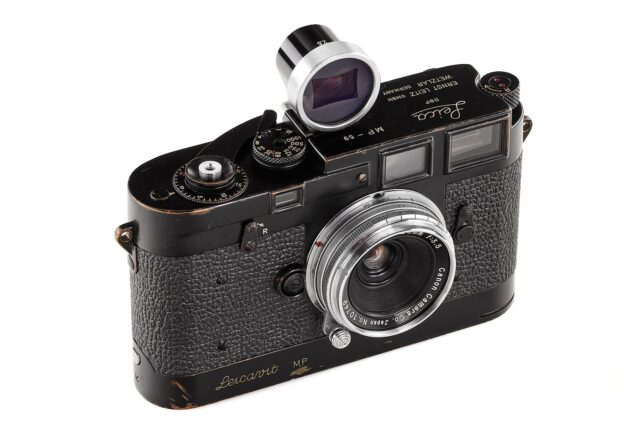
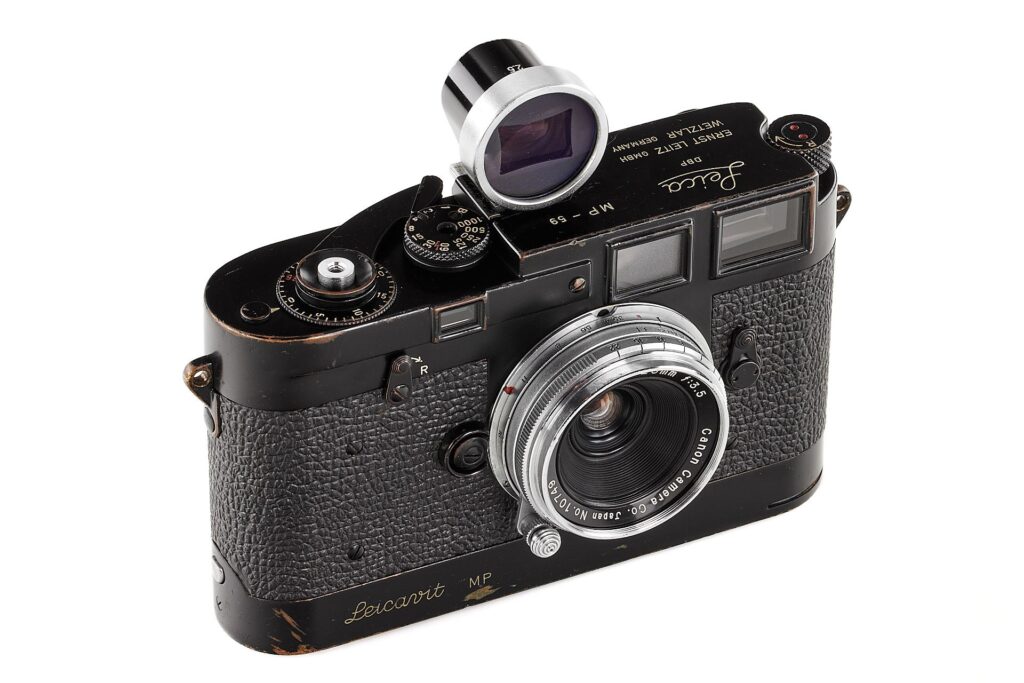
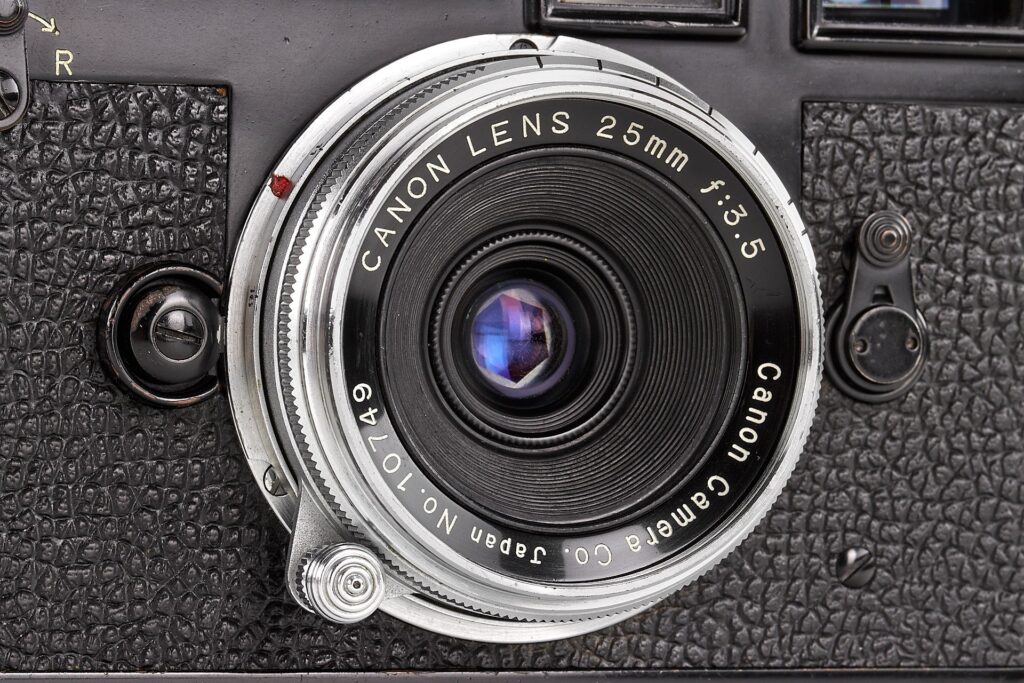
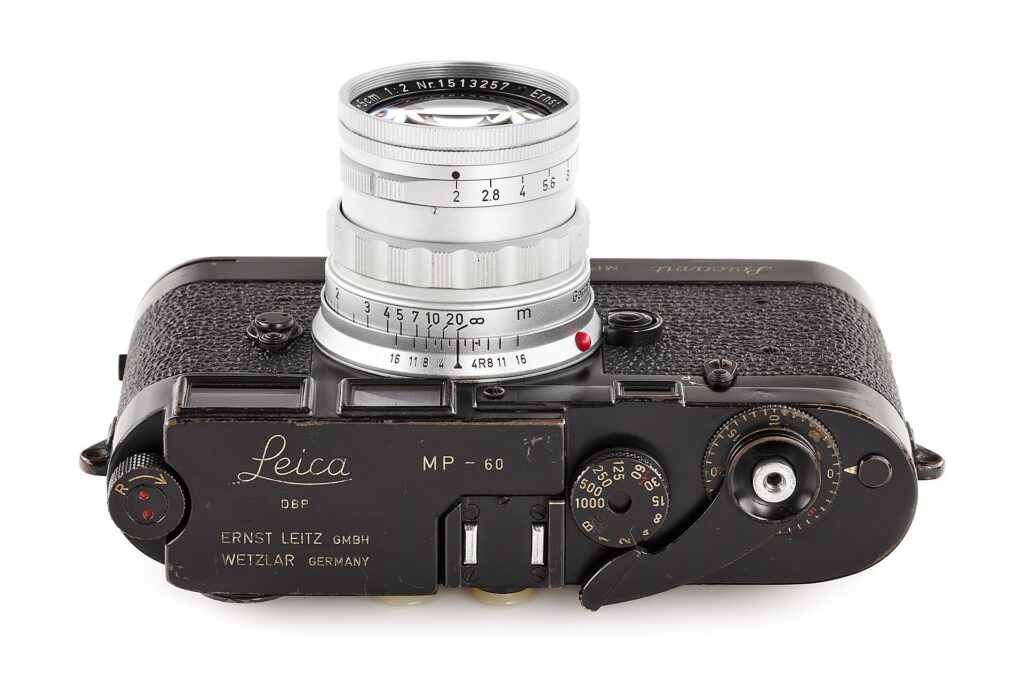


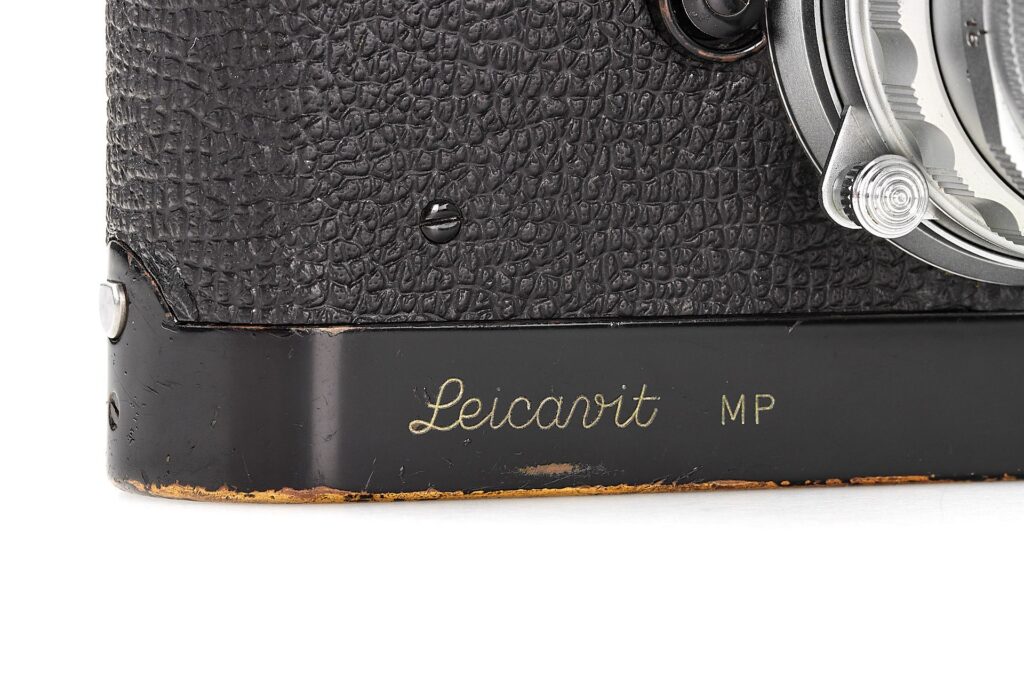
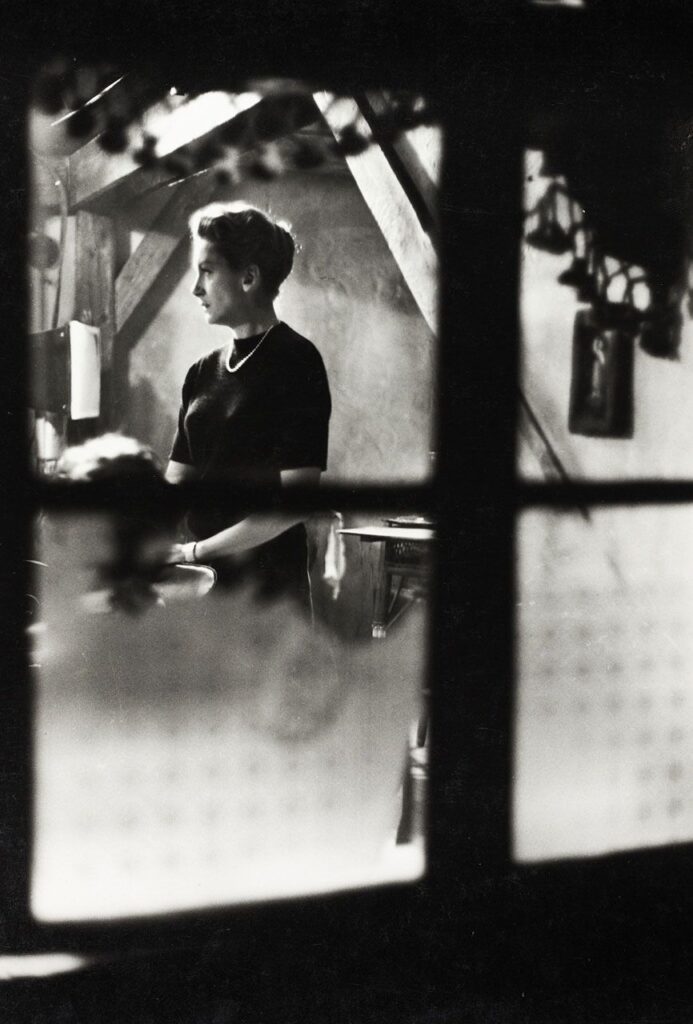
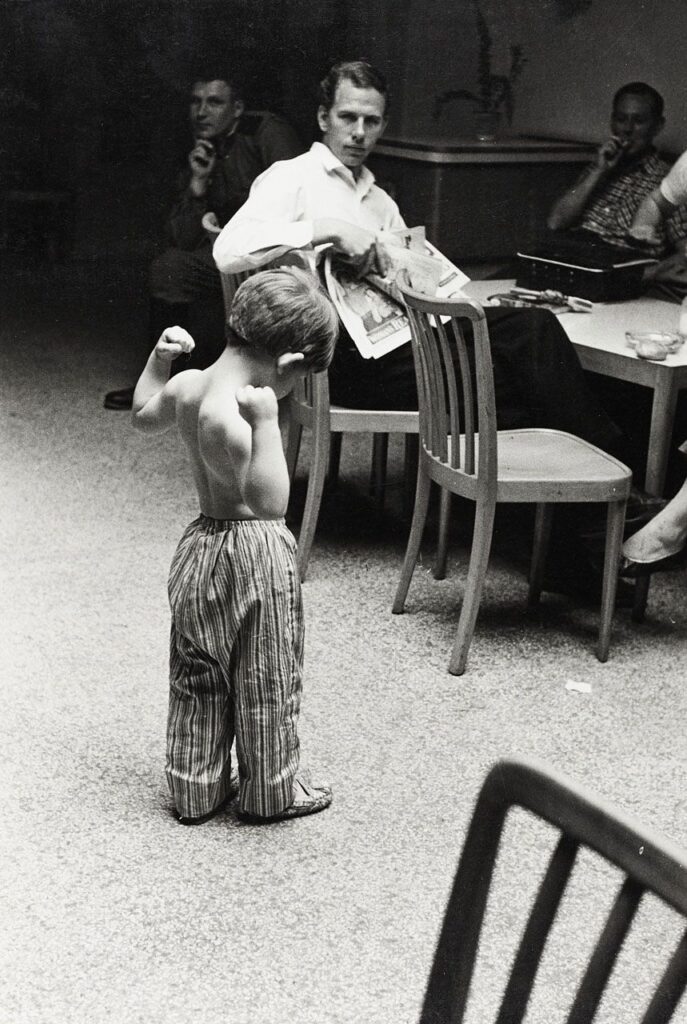
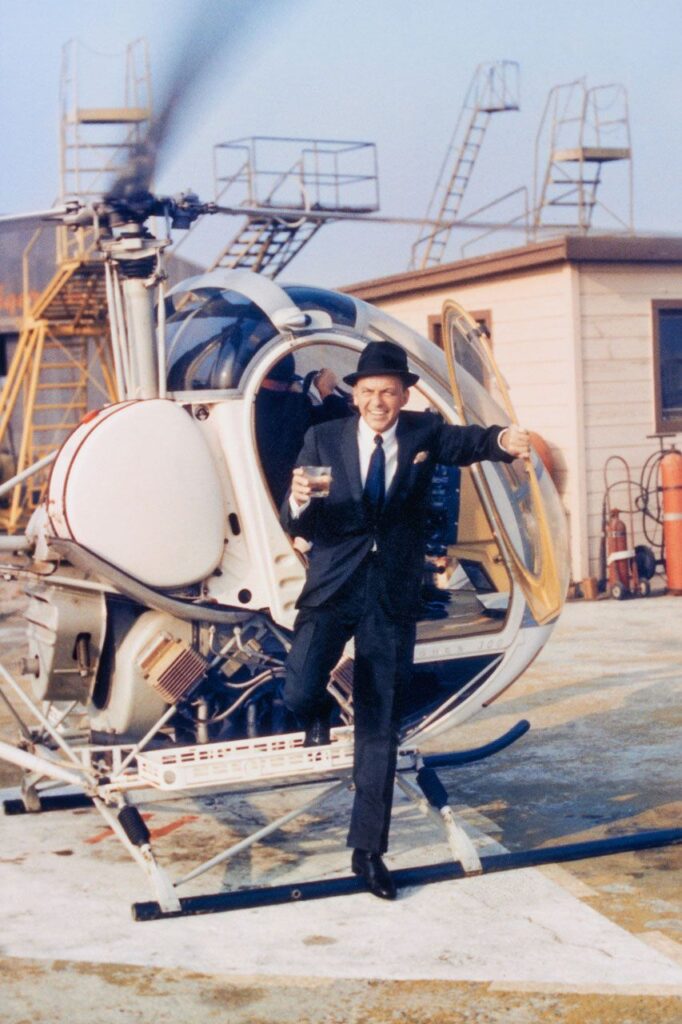
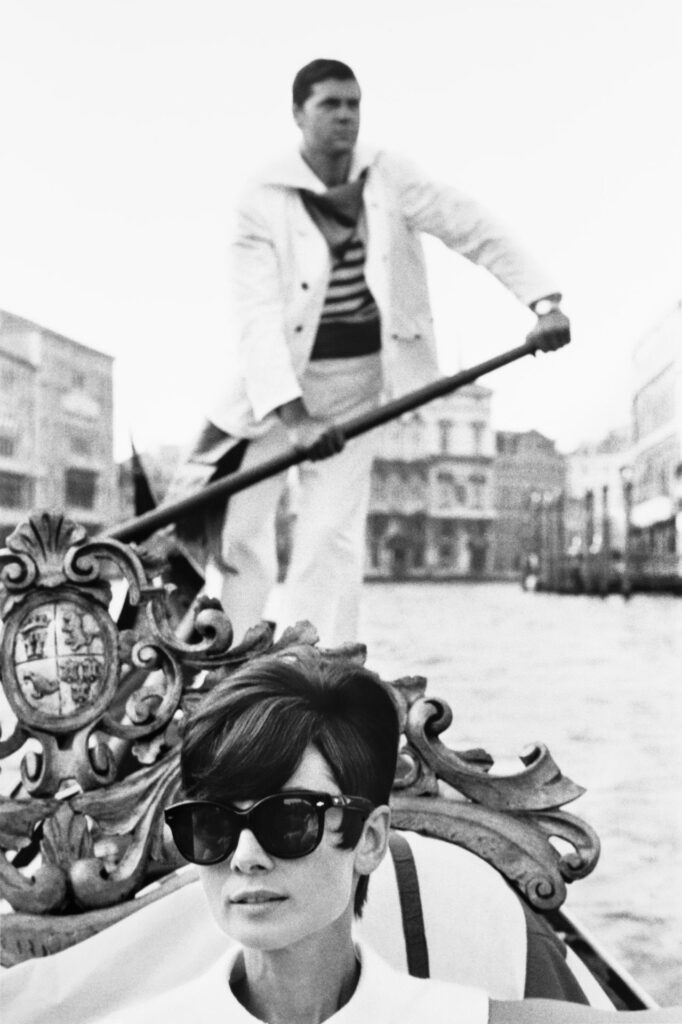
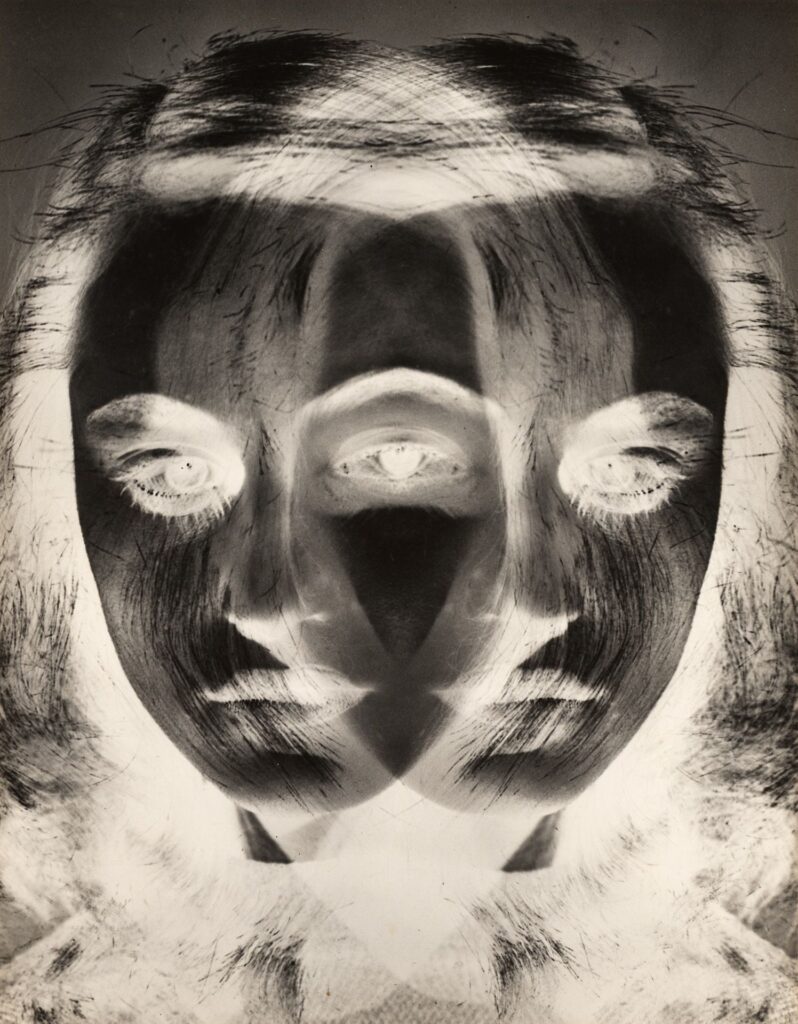
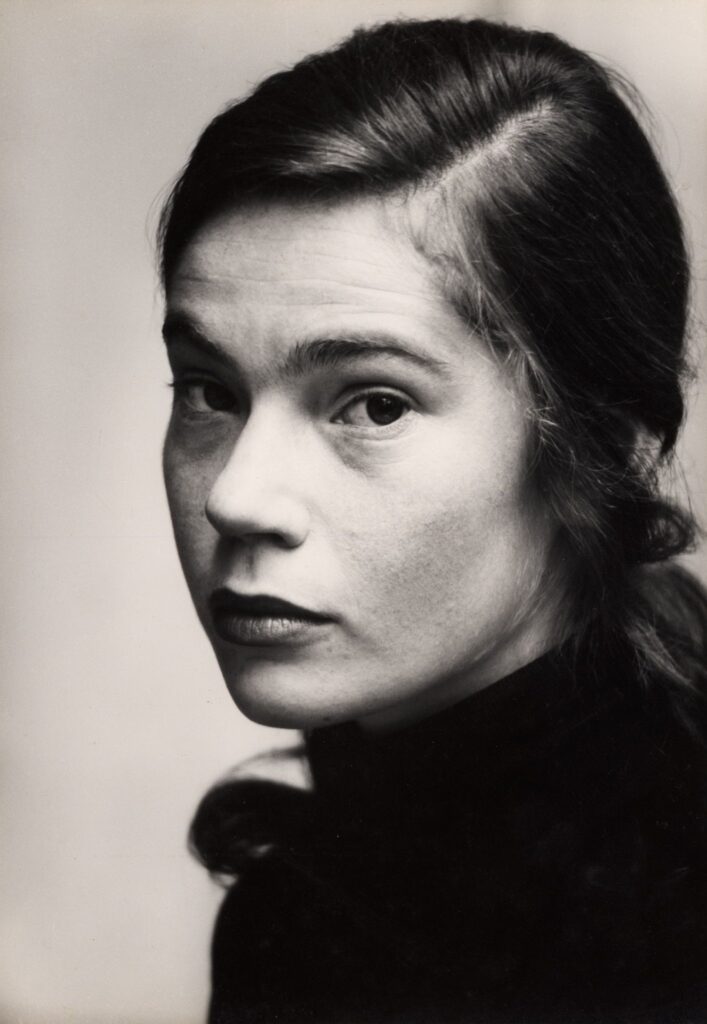
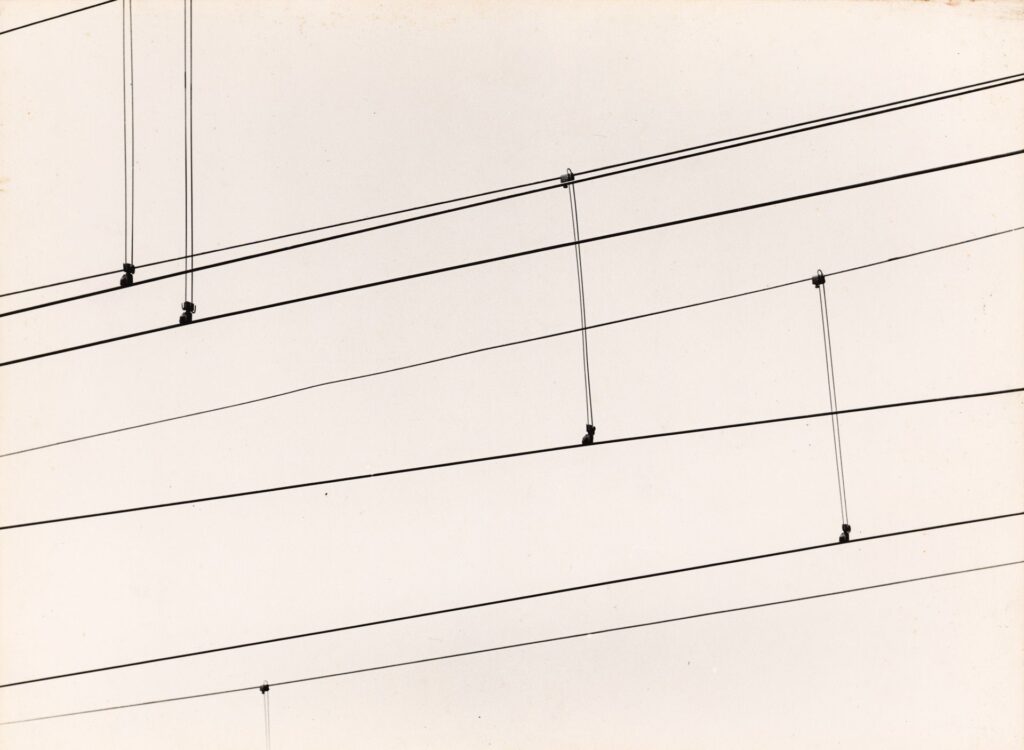
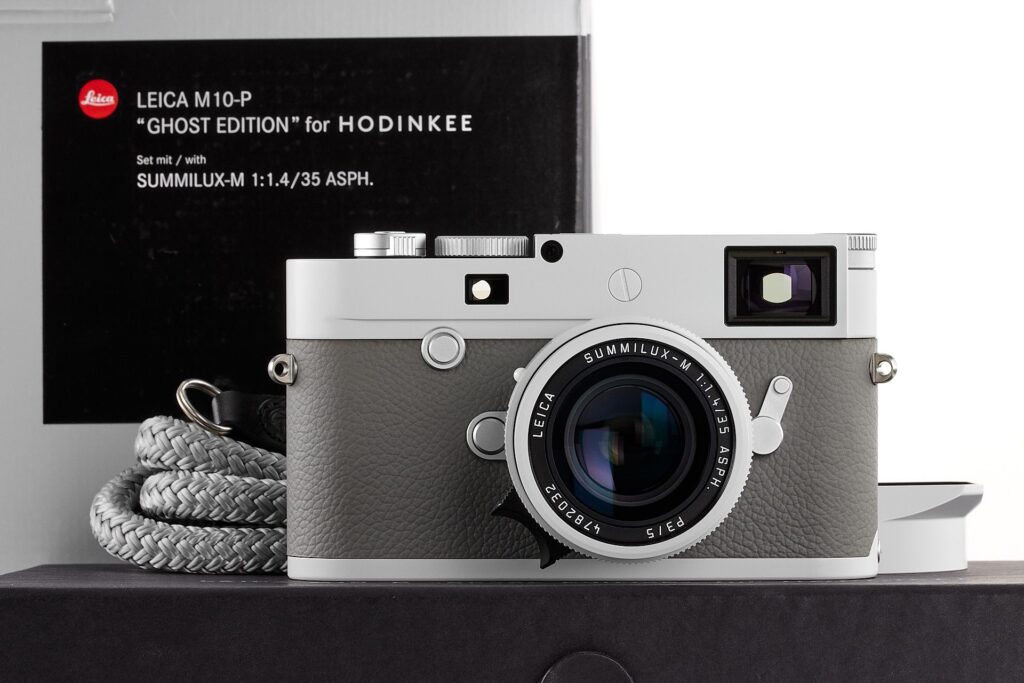
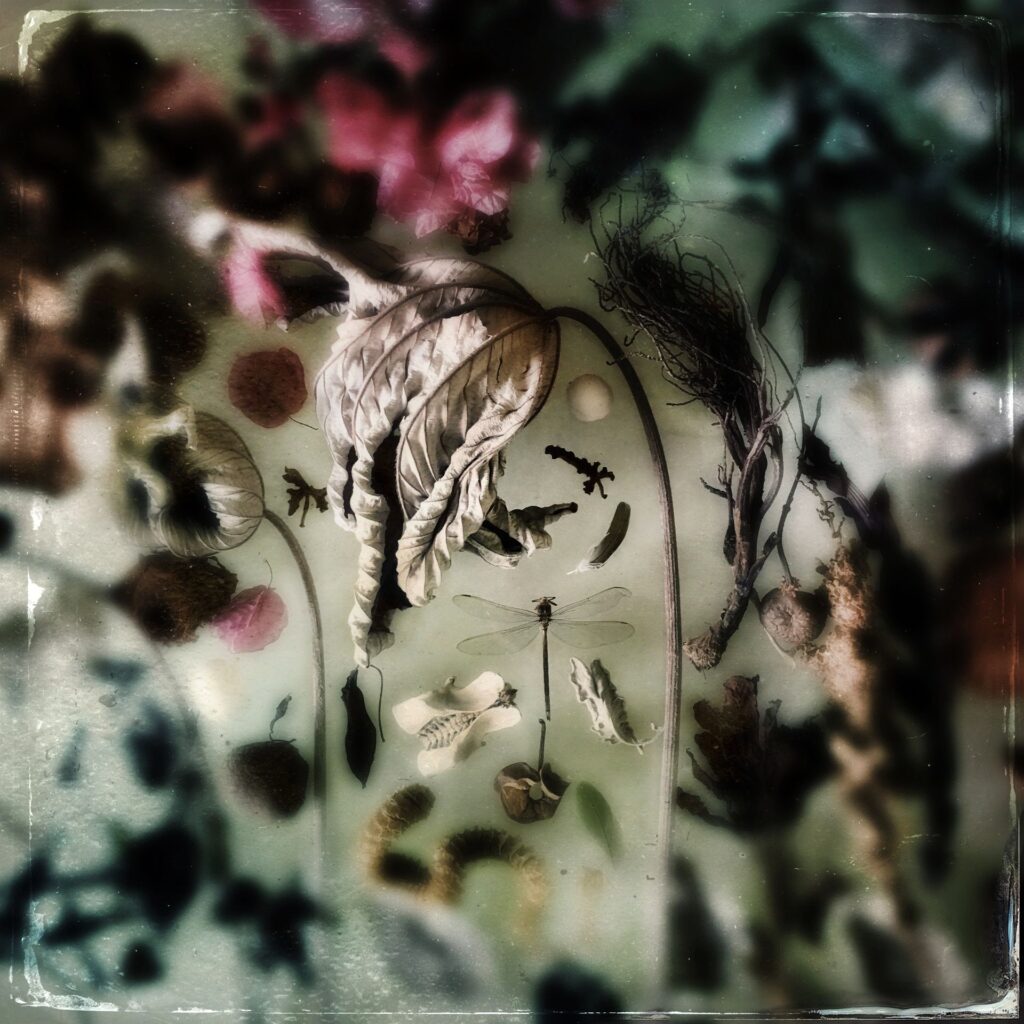




Back in the day in America, it was believed that (upper middle class) men would deal with the sordid aspects of business, while their wives, (besides raising children and guiding the servants) provided the moral compass for the family. If I recall my basic feminism, it was called Republican Motherhood.
I suspect the role of Anna in the film was written with that in mind — not a bad role for a woman in the fifties. But, it’s been a lifetime since I saw the film.
Getting back to the point: I do wonder: would a Brynner photo of a park or city street even make it to an auction house?
Kathy, you always have interesting responses to posts on Macfilos. ‘Republican Motherhood’ would mean something completely different in my country, but let’s not go there. Yes, life has changed between the time of my mother and father on to my time and my wife’s time and then on to that of my daughters and grandson. I never saw the King and I, but the immediate memory bank response I have to Yul Brynner is that I remember my mother talking about his role in that film. That is even stronger than my memory of seeing him in the Magnificent Seven. It may say something about childhood memories that often the things we remember the most were the things that our parents said or did.
Going on to the theme of ‘celebrity photography’ all I can say that is that Brynner was definitely better than most such photographers. Yes, there is also a thing about photographs containing ‘famous faces’, but people seem to like them. I have only shown the photos which are in the auction and I like 3 out of the 4 photos. The Sinatra one looks a bit staged, of course, but millions of Sinatra fans won’t mind. I’d need to see photos of parks and city streets by Yul Brynner to properly answer your question.
William
I understand — you can only work with the material you have!
Perhaps ‘parks’ would have been better put as ‘landscape photography’. I’d just been thinking that we’ve had some quite spectacular examples here lately.
The Sinatra may have been staged — but even I see it as great fun!
Thanks, Cathy. I would not like to say that the breadth and scale of photography can be defined in terms of photos of Frank Sinatra versus landscape images. Photography has, at its core, the democratising factor that it is up to the photographer to choose what subjects he or she wants to photograph. Therefore, in the case of Yul Brynner, it does not matter to me whether he took any landscape images. All I can say is that he was very good at creating the images which he created. I had thought that your point was about the preponderance of ‘famous faces’ in his photos and, yes, he had access to famous people, but he used that access well. A friend of mine, who recently wrote a blog post about Yul’s photography, recorded that Brynner kept a Leica hidden behind his throne as Rameses II in ‘The Ten Commandments’, so that he would always be ready to photograph any interesting people or situations. I also believe that he was a true photography enthusiast and that his Leicas were not for posing.
William
I think your point here is very well made. It would be a mistake for me to try and measure a man’s work by a few photos that happen to turn up at aucrion!
Excellent article, as usual, William! Enjoyed the images and the personal anecdotes. I remember seeing King and I when I was quite young and had forgotten about the issue with the Thai royal family. I spent a year in Thailand during the Vietnam war and really liked the Thai people.
Thanks, Bill. I’d love to see any photos you might have of Thailand from that era. I visited in 2008, but I took hardly any pictures with the digital compact I had with me. The humidity can be quite high over there and I remember waiting nearly 20 minutes for my lens and viewfinder to de-mist.
William
.
Yup, you’re right; I do know ‘The King and I’ ..I went to see it when it came out (1956 ..I must have been nine..) but it’s very dated now ..especially the beginning, on a boat.
In present-day Thailand I think the film is still banned, or certainly disapproved of, as it shows the then king in what may be thought of – in Thailand – as a ‘disrespectful’ light ..or doesn’t give him sufficient honour or respect (..and anything which disrespects the king there can lead to a jail sentence!) ..incidentally, the previous king was a very enthusiastic photographer, and in official pictures was almost always shown with a camera – often a Canon – round his neck, though I think he also popped into Reiter’s Leica camera shop in Munich once. They used to have a photo on the wall ..but the shop’s, sadly, closed now.
The film – in dizzy-bright DeLuxe colour, but not as eye-searingly sharp as Technicolor – looks rather faded now (Technicolor, like Kodachrome, was actually shot on black-&-white film, and then the three colour-separation B&W negs were printed through coloured filters onto colour ‘release prints’ for cinemas, and still looks sharp today).
‘The King and I’ won five Oscars (though with Oscar Hammerstein, that makes six!) for Best Music, Best Actor (Yul Brynner), Best Costume Design, Best Sound – it was in stereo! – and Best Art Direction. It was one of a slew of brightly-lit musicals of the period, such as ‘South Pacific’ (which ran for THREE YEARS at the Gaumont cinema, Manchester, where the projectionist got through only two prints (copies of the film) in those 3 years ..and at London’s Dominion (‘Star Wars’) cinema ‘South Pacific’ ran continuously for 4 years, 5 months, 1 week and 2 days! ..Mind you, just across the road from the Dominion – more or less – in West Street, London, the play ‘The Mousetrap’ has now been running continuously for SEVENTY-ONE YEARS! ..the cast must be exhausted.)
My favorite exchange from the film The King and I was when the King says he wants to send Lincoln “some more elephants” (to aid in the Civil War effort). She replies “He doesn’t have any elephants”. The King: “No wonder he’s losing”.
Thanks, David. Thai King Bhumibol was also a jazz trumpeter. I bought a CD of his compositions, with one track where he played himself, at the airport in Bangkok on my one and only visit to Thailand. I went there, as a telecoms regulator, for a conference, where I found that all of my opposite numbers in Thailand were Generals in military uniform. The Thai people were lovely, though.
William
Neat, loved article on Yul, movie oh his that I liked best was DOUBLE MAN W Britt Ekland 1967, ssaw it after VietNam on way Ethiopia! I thought he was cooler than James Bond!
Yul Brynner also played an android in Westworld in 1973. He was playing an android gunslinger, wearing what looked like his costume for ‘The Magnificent Seven’. I should also have mentioned Kurosawa’s ‘Seven Samurai’ in the context of the latter film. Yul certainly was an actor who could do wonders with the right part.
William
There is a book „Yul Brynner: Photographer“ by Victoria Brynner. I looked for it by an international research and found it for sale by Pierce Coounty Library. After 3 weeks supply time it ended up in my convolut of Leica Books. Desr William, I will add your nice Yul Brynner Camera explanations to it!
Great find, Ulrich. Victoria has been involved with the sale of her father’s items. She spoke about them recently at an event in Vienna, I think after a screening of the Magnificent Seven.
William
So Let It Be Written, So Let It Be Done.
One of my favorite lines of all time. Yul Brenner was always one of the favorite stars in my family. Almost anything he was in was worth watching.
Agree!
As I said above, my mother was a fan, but it was only in recent years that I found out about his photography. When I eventually saw it, it greatly exceeded my expectations. He had ‘the eye’ and, of course, a great taste in cameras.
William